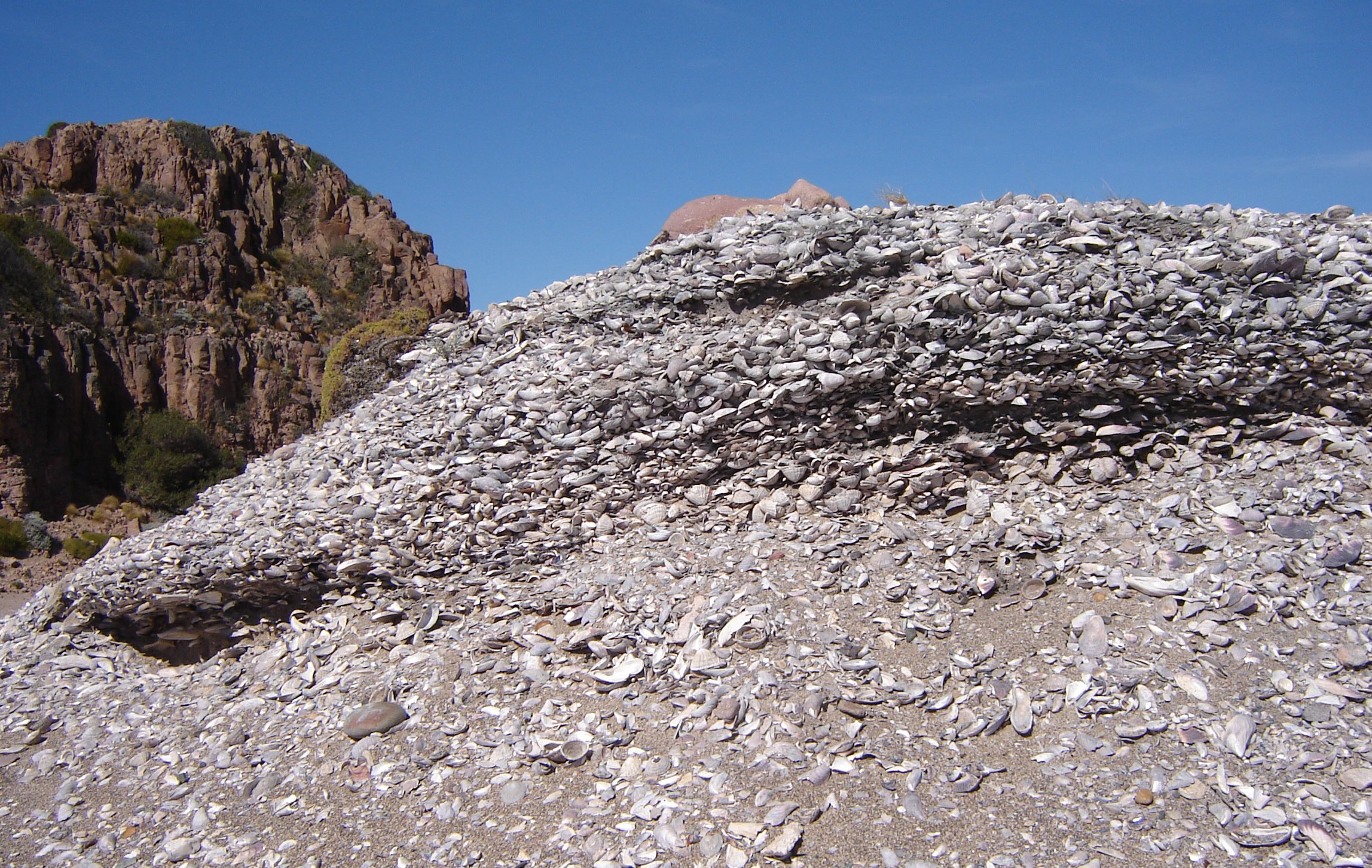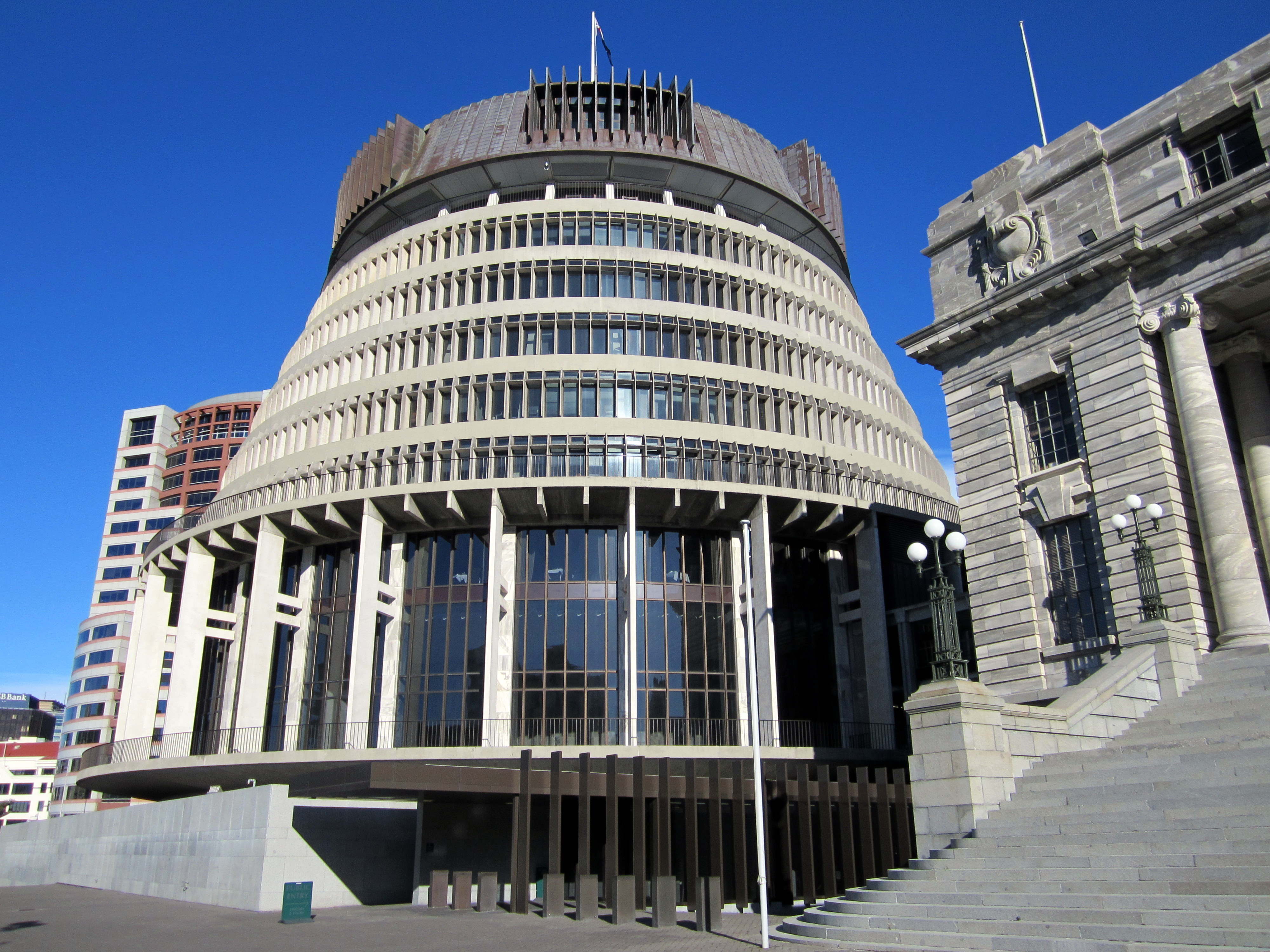|
Piha Passage
Piha is a coastal settlement in West Auckland, on the western coast of the Auckland Region in New Zealand. It is one of the most popular beaches in the area and a major day-trip destination for Aucklanders throughout the year, and especially in summer. Piha is 39 kilometres west of Auckland city centre, on the Tasman Sea coast to the north of the Manukau Harbour, on the western edge of the Waitākere Ranges. Immediately to the north of Piha is Whites Beach, and immediately to the south is Te Unuhanga-a-Rangitoto / Mercer Bay; land access to both is only by foot. The nearest beaches accessible by road are Karekare to the south, and Anawhata to the north. History The area is traditionally a part of rohe of the Tāmaki Māori tribe Te Kawerau ā Maki. The area is named for Te Piha, the traditional name of Lion Rock which was later applied to the wider area, and refers to the pattern made when waves hit against the rock. The area was the location of many pā and villages, i ... [...More Info...] [...Related Items...] OR: [Wikipedia] [Google] [Baidu] |
Lion Rock (New Zealand)
Lion Rock is a rocky headland located on Piha Beach on the western coast of the Auckland Region in New Zealand. It is an eroded 16-million-year-old volcanic neck, named for its similarity to a lying male lion when viewed from the rear (shore side). Lion Rock is immediately visible to visitors as they descend along the only access road. Geography The rock is located to the south of Piha beach, close to the major settlement at Piha. The Piha Stream flows into the Tasman Sea directly south of the rock. Geology The island is a volcanic plug of the Miocene era Waitākere Volcano, composed of stratified rudite and intrusive andesite. The rock is what remains of one of the volcano's funnel-shaped vents on the eastern side of the mountain, which was uplifted from the sea 17 million years ago. As the volcano aged and eroded, the Lion Rock vent filled with collapsed lava, scoria and volcanic bombs, until it formed into its modern-day shape. History The traditional name for the ... [...More Info...] [...Related Items...] OR: [Wikipedia] [Google] [Baidu] |
Karekare, New Zealand
Karekare is a small coastal settlement in West Auckland, New Zealand, sandwiched between the Waitākere Ranges and a large black sand surf beach. Geography It is located west of Auckland city centre, south of the larger beach of Piha. It is north of Whatipu, south of Piha and west of the Centennial Memorial Park and Water Catchment area, which cover most of the native bushland Waitākere Ranges. Karekare Beach is the confluence of the Company Stream, which was traditionally known by the name Waiteahoaho, and the Karekare Stream. The Karekare Falls are located inland from the beach. The beach at Karekare is split into two sections separated by the, Karekare Stream, Karekare Beach to the south and Tāhoro / Union Bay, to the north. Two major geographical sites within Karekare are The Watchman, traditionally known by the names Te Matua and Te Tokamatua, a significant knoll on the beach's ridge, and Paratahi Island, located to the south of Karekare. Karekare is the remains ... [...More Info...] [...Related Items...] OR: [Wikipedia] [Google] [Baidu] |
Bach (New Zealand)
A bach (sometimes spelled "batch" pronounced ), also called a crib in the southern half of the South Island, is a small, often modest holiday home or beach house in New Zealand. Baches are an iconic part of the country's history and culture. In the middle of the 20th century, they symbolized the beach holiday lifestyle that was becoming more accessible to the middle class. Baches began to gain popularity in the 1950s as roads improved and the increasing availability of cars allowed for middle-class beach holidays, often to the same beach every year. With yearly return trips being made, baches began to spring up in many family vacation spots. Etymology ''Bach'' was for some time thought to be short for bachelor pad, but they tended to be family holiday homes. An alternative theory for the origin of the word is that is the Welsh word for 'small' and 'little'. The phrase (outhouse; literally 'small house') is used for outbuildings. Sizeable populations of Welsh miners relo ... [...More Info...] [...Related Items...] OR: [Wikipedia] [Google] [Baidu] |
Glen Eden
Glen Eden is a suburb of West Auckland, New Zealand, West Auckland, New Zealand, located at the foothills of the Waitākere Ranges. Originally known as Waikumete, the suburb gained the name Glen Eden in 1921. The suburb is in the Waitākere Ward, one of the thirteen administrative areas of Auckland governed by Auckland Council. Part of the rohe of Te Kawerau ā Maki, the area was developed into orchards during the Colony of New Zealand, Colonial era of New Zealand. The Glen Eden railway station opened in 1880, linking the area to central Auckland along the Western Line (Auckland), Western Line, and leading to the development of the Waikumete Cemetery. Suburban housing was built in the area in the 1950s and 1960s. Geography The Glen Eden area is located at the foothills of Waitākere Ranges, north of Titirangi. The Waikumete Stream flows north from Titirangi, forming a valley in the centre of the suburb. Glen Eden forms a part of the Waitematā-Waitākere foothills ecologic ... [...More Info...] [...Related Items...] OR: [Wikipedia] [Google] [Baidu] |
Hauraki Gulf / Tīkapa Moana
The Hauraki Gulf / Tīkapa Moana is a coastal feature of the North Island of New Zealand. It has an area of 4000 km2, Zeldisl, J. R. et al. (1995) Salp grazing: effects on phytoplankton abundance, vertical distribution and taxonomic composition in a coastal habitat. Marine Ecology Progress Series, Vol. 126, p 267-283 and lies between, in anticlockwise order, the , the , the , and |
Rangitoto Island
Rangitoto Island is a volcanic island in the Hauraki Gulf near Auckland, New Zealand. The wide island is a symmetrical shield volcano cone capped by central scoria cones, reaching a height of . Rangitoto is the youngest and largest of the approximately 50 volcanoes of the Auckland volcanic field, having erupted in two phases about 1450 CE and 1500 CE and covering an area of . It is separated from the mainland of Auckland's North Shore, New Zealand, North Shore by the Rangitoto Channel. Since World War II, it has been linked by a causeway to the much older, non-volcanic Motutapu Island. is Māori language, Māori for 'Bloody Sky',What happened to local Maori? (from the Rangitoto page on the GNS Science website) with the name coming from the full phrase ("The days of the bleeding of Tama-te-kapua"). Tama ... [...More Info...] [...Related Items...] OR: [Wikipedia] [Google] [Baidu] |
Māori Traditional Textiles
Māori traditional textiles are the indigenous textiles of the Māori people of New Zealand. The organisation Te Roopu Raranga Whatu o Aotearoa, the national Māori weavers' collective, aims to preserve and foster the skills of making and using these materials. Textiles made from locally sourced materials were developed by Māori in New Zealand after migration from Polynesia as the plants used in the Pacific islands did not grow well in the New Zealand climate. In traditional Māori weaving of garments the main fibre is called muka and is made from Phormium tenax, harakeke. The Māori language terms for different types of weaving are commonly named as raranga, whatu and whiri. Raranga is a plaiting technique used for making baskets and mats; whatu is a pre-European finger weft twining weaving method used to make cloaks; and whiri is braiding to make cord. Most people weaving traditional Māori textiles were and are women. Traditionally, to become expert a young woman was initiate ... [...More Info...] [...Related Items...] OR: [Wikipedia] [Google] [Baidu] |
Midden
A midden is an old dump for domestic waste. It may consist of animal bones, human excrement, botanical material, mollusc shells, potsherds, lithics (especially debitage), and other artifacts and ecofacts associated with past human occupation. These features provide a useful resource for archaeologists who wish to study the diets and habits of past societies. Middens with damp, anaerobic conditions can even preserve organic remains in deposits as the debris of daily life are tossed on the pile. Each individual toss will contribute a different mix of materials depending upon the activity associated with that particular toss. During the course of deposition sedimentary material is deposited as well. Different mechanisms, from wind and water to animal digs, create a matrix which can also be analysed to provide seasonal and climatic information. In some middens individual dumps of material can be discerned and analysed. Shells A shell midden or shell mound is an arc ... [...More Info...] [...Related Items...] OR: [Wikipedia] [Google] [Baidu] |
Karaka (tree)
''Corynocarpus laevigatus'', commonly known as karaka or the New Zealand laurel, is a medium-sized evergreen tree in the family Corynocarpaceae. It is endemic to New Zealand and is common throughout the North Island and less common in the South Island. ''C. laevigatus'' individuals are also found on the Chatham Islands, Kermadec Islands, and the Three Kings Islands. ''C. laevigatus'' is mostly a coastal tree, although in the North Island, it is also found inland. ''Corynocarpus laevigatus'' was first described in 1776 by the German naturalists Georg and Johann Reinhold Forster. ''C. laevigatus'' grows to heights of up to and has a stout trunk of up to in diameter. Its leaves are leathery, dark to bright green in colour and up to long. From August to November, ''C. laevigatus'' produces large oval-shaped orange-coloured fruits, about in length. ''C. laevigatus'' seeds are highly toxic to humans and contain poisonous toxins and other glucosides of 3-nitropropionic acid ... [...More Info...] [...Related Items...] OR: [Wikipedia] [Google] [Baidu] |
New Zealand Government
The New Zealand Government () is the central government through which political authority is exercised in New Zealand. As in most other parliamentary democracies, the term "Government" refers chiefly to the executive branch, and more specifically to the Ministry (collective executive), collective ministry directing the executive. Based on the principle of responsible government, it operates within the framework that "the reigns, but the government rules, so long as it has the support of the New Zealand House of Representatives, House of Representatives".Sir Kenneth Keith, quoted in the Cabinet Manual'. The ''Cabinet Manual (New Zealand), Cabinet Manual'' describes the main laws, rules and Constitutional convention (political custom), conventions affecting the conduct and operation of the Government. Executive power is exercised by Ministers in the New Zealand Government, ministers, all of whom are sworn into the Executive Council of New Zealand, Executive Council and accounta ... [...More Info...] [...Related Items...] OR: [Wikipedia] [Google] [Baidu] |
Te Kawerau ā Maki
Te Kawerau ā Maki, Te Kawerau a Maki, or Te Kawerau-a-Maki is a Māori ''iwi'' (tribe) of the Auckland Region of New Zealand. Predominantly based in West Auckland (Hikurangi also known as Waitākere), it had 251 registered adult members as of June 2017. The iwi holds land for a new marae and papakāinga at Te Henga (Bethells Beach) that was returned in 2018; and land for a secondary marae at Te Onekiritea (Hobsonville Point) that was returned in 2015. It has no ''wharenui'' (meeting house) yet. History Te Kawerau ā Maki are the descendants of the '' rangatira'' (chief) Maki and his wife Rotu, who migrated with their family and followers from Kawhia to Tāmaki Makaurau (Auckland) in the early 1600s. Te Kawerau trace their ancestry from a number of Māori migration canoes, particularly the Tainui, but also Aotea, Tokomaru, Moekakara, Kahuitara and Kurahaupō. Tainui ancestors including Hoturoa and the tohunga Rakataura (Hape) are particularly important in Te Kawerau whaka ... [...More Info...] [...Related Items...] OR: [Wikipedia] [Google] [Baidu] |







